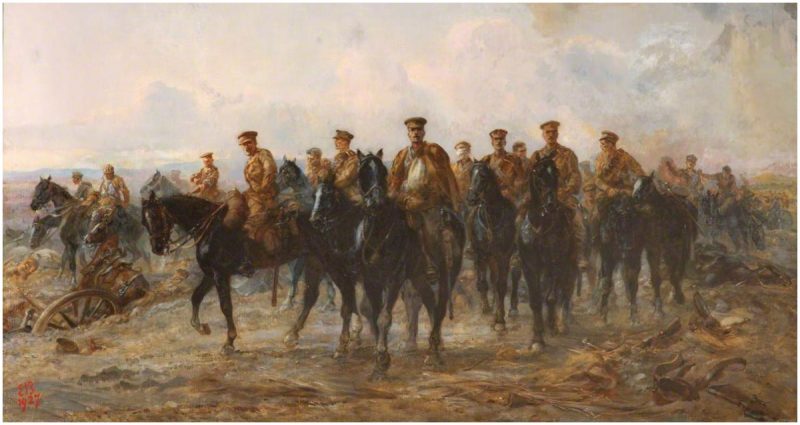The colours of dusk had begun to paint the skies above them, and the bodies of these men begged for a wink of sleep.
The Battle of Le Cateau was one of the events that made up the Great Retreat of World War I which lasted from the 24th of August to the 1st of September 1914.
It all began with the Battle of Frontiers, a conflict that pitched France, Belgium, and the United Kingdom against the German Empire.
The German Empire had struck up a fracas along France’s eastern border and in Southern Belgium, effectively penetrating Belgium and sending the defending Allies all the way back to Mons.
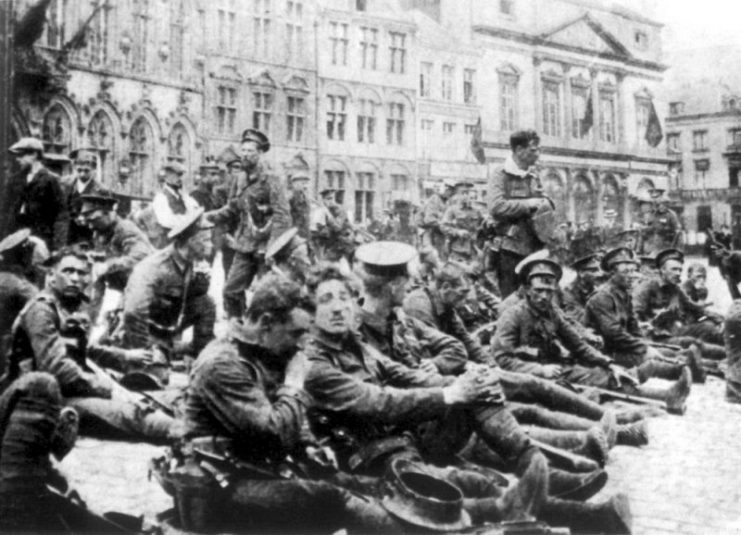
The British Expeditionary Force (BEF) set up resistance at Mons, Belgium, but the German advance was a solid one. At dawn on August 23, 1914, the first shot was fired and a reply followed. The battle had begun.
After hours of fighting that turned the sands of Mons into a bloodbath, the Battle of Mons would draw to a close, essentially leaving the BEF in bad shape.
In a bid to rein in the rising number of casualties and to be able to regroup for a counter-attack, the BEF began on August 24 to retreat south, heading into northern France.
With the Belgian and French troops also retreating, the I Corps of the BEF headed for Landrecies while the II Corps headed for Le Cateau-Cambresis.
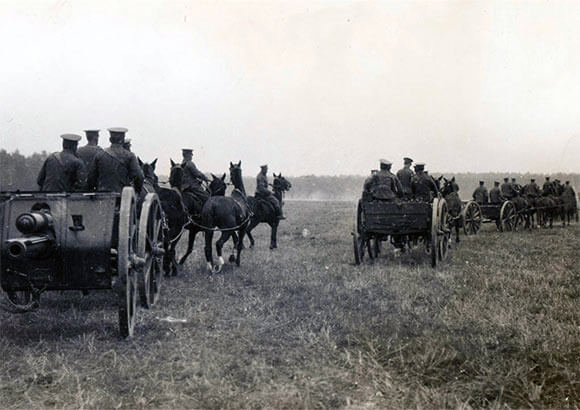
The Germans pursued closely, with both sides traveling at impressive speeds.
At the time, the I Corps of the BEF was led by General Sir Douglas Haig, while the II Corps was under the command of Horace Smith-Dorrien.
On August 25, the I Corps in Landrecies met a rather unprecedented German attack at the Sambre River crossings at Landrecies and Maroilles. This ultimately cut the I Corps completely away from the II Corps, opening an 8-mile gap that would eventually allow the German First Army to approach the right flanks of Smith-Dorrien’s formation.
By the time the II Corps came to Le-Cateau, most of them were exhausted, plagued by the reality of the highly motivated Germans blazing hot on their trail.
The leader of the BEF, Field Marshal Sir John French, had already given the order that the retreat should continue without a halt all the way to St. Quentin.
But seeing the worn out condition of his troops, it was easy for Smith-Dorrien to see that it was only a matter of time before the Germans caught up with them. He knew that if they did catch them at that time, his men would have no strength left to stand and fight.
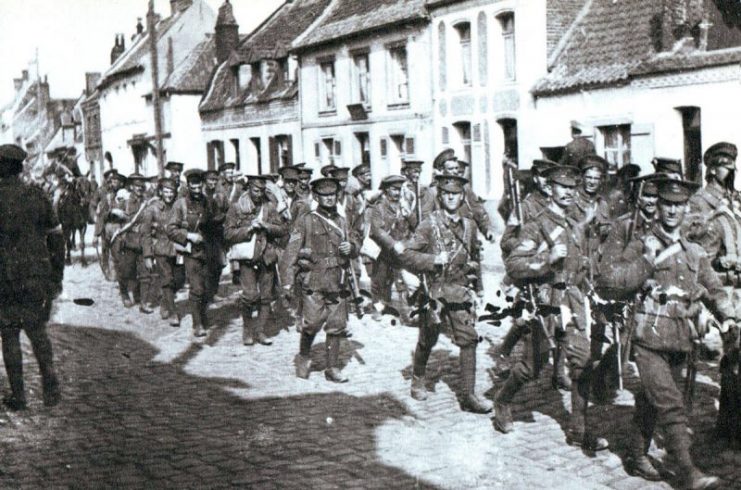
In Smith-Dorrien’s own words, “The colours of dusk had begun to paint the skies above them, and the bodies of these men begged for a wink of sleep.”
Luckily, the Germans had also stopped to bivouac somewhere around Solesmes, giving the II Corps a little more time to recuperate.
With his mind made up, Smith-Dorrien pulled the plug on the retreat and ordered his men to have a brief rest then prepare for an assault against the approaching German troops. In his words, the objective was to deal a “stopping blow” to the advancing Germans.
He called in support from General Andre Sordet of the French Cavalry, who gave him the nod. He also sought assistance from General Allenby who agreed to aid with his cavalry division and 19th Infantry Brigade.
Now Smith-Dorrien was prepared for battle with three infantry divisions, one infantry brigade, and one cavalry division.
The infantry divisions comprised the 3rd, 4th, and 5th Infantry Divisions who were positioned to the center-left and right of Smith-Dorrien’s formation.
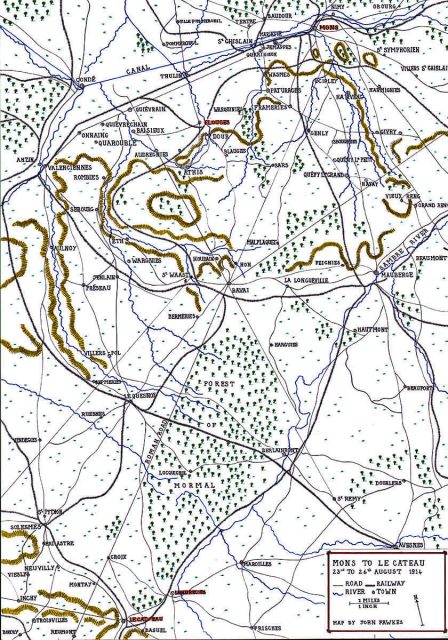
In the early hours of August 26, two infantry units along with three cavalry divisions of the German First Army led by General Alexander von Kluck poured into Le Cateau. Then, the battle began.
The British Army was known to be made up of men with combat experience, who had proven skills with rifles. In contrast, the Germans had not fought a single war since the Franco-Prussian Wars.
But unlike the Battle of Mons which saw the fall of several Germans to British rifle fire, the Battle of Chateau was a battle of artillery, with shells shattering the lines on both sides.
The British had their artillery in the open, between 55-220 yards behind their infantry whereas the Germans deployed their artillery from well-concealed positions, employing indirect fire.
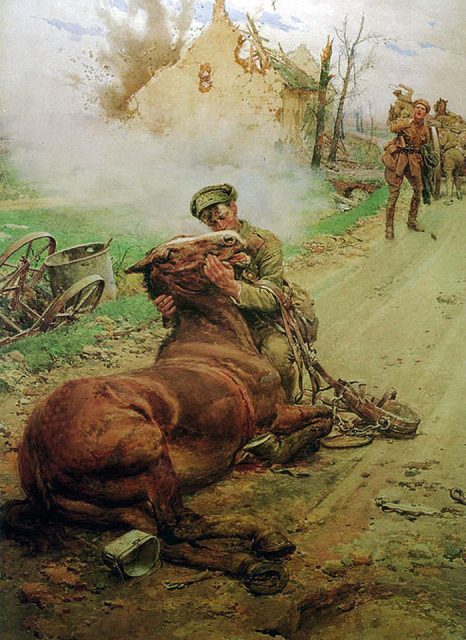
The British were facing severe risks owing to the proximity of their artillery to their infantry. The Germans could simply aim for the artillery and would end up hitting both artillery and infantry.
The Germans leveled a particular focus on the right flank of the British positions that morning, bombarding the 5th Infantry Division and inflicting heavy casualties on them. As the battle progressed, the gap that was left between the I Corps and II Corps was exploited by the Germans, albeit insufficiently.
As the battle raged into mid-day, the left and right flanks of the British were beginning to shake, but the men held their positions with determination, withstanding the German onslaught.
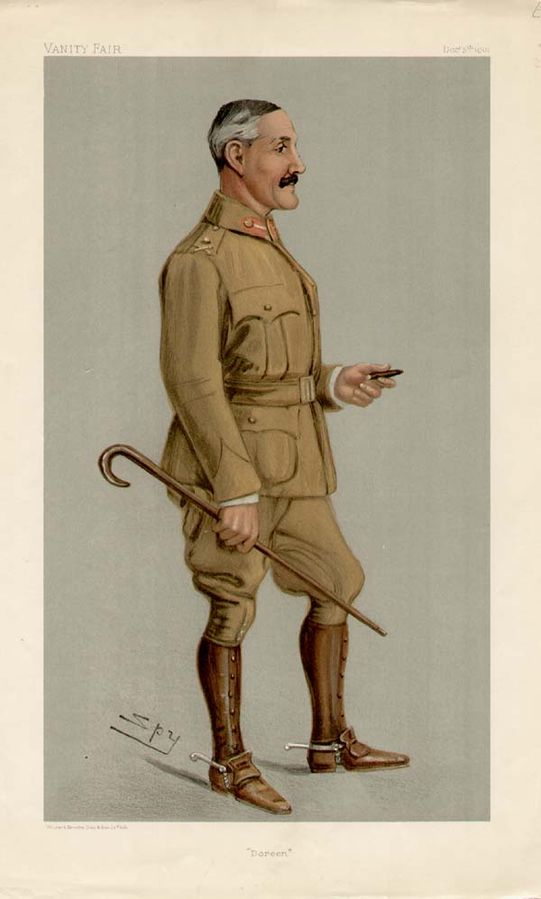
However, by 1:30 pm, Smith-Dorrien ordered a retreat to commence, having seen his troops pounded by the Germans whose numbers far exceeded theirs.
The Germans continued to attempt to outflank the British, but each attempt was unsuccessful.
General Sordet’s Cavalry Corps came to Smith-Dorrien’s aid, shielding his troops and facilitating a coordinated tactical retreat for the BEF.
This battle was an apparent victory for the Germans who had attacked the more formidable British foe.
Over 7000 British soldiers were killed, injured or captured. The estimated casualty rate was 7,812.
Read another story from us: A Consequence of Arrogance? – The Battle of Gallipoli
However, Smith-Dorrien’s rearguard engagement with the German forces had slowed down the German advance and allowed the majority of the BEF to withdraw to St. Quentin.
A second battle was fought in Le Cateau in October 1918, lasting from the 5th to 11th day of October.
The Allies would win this battle, capturing 12,000 prisoners and over 200 guns.
